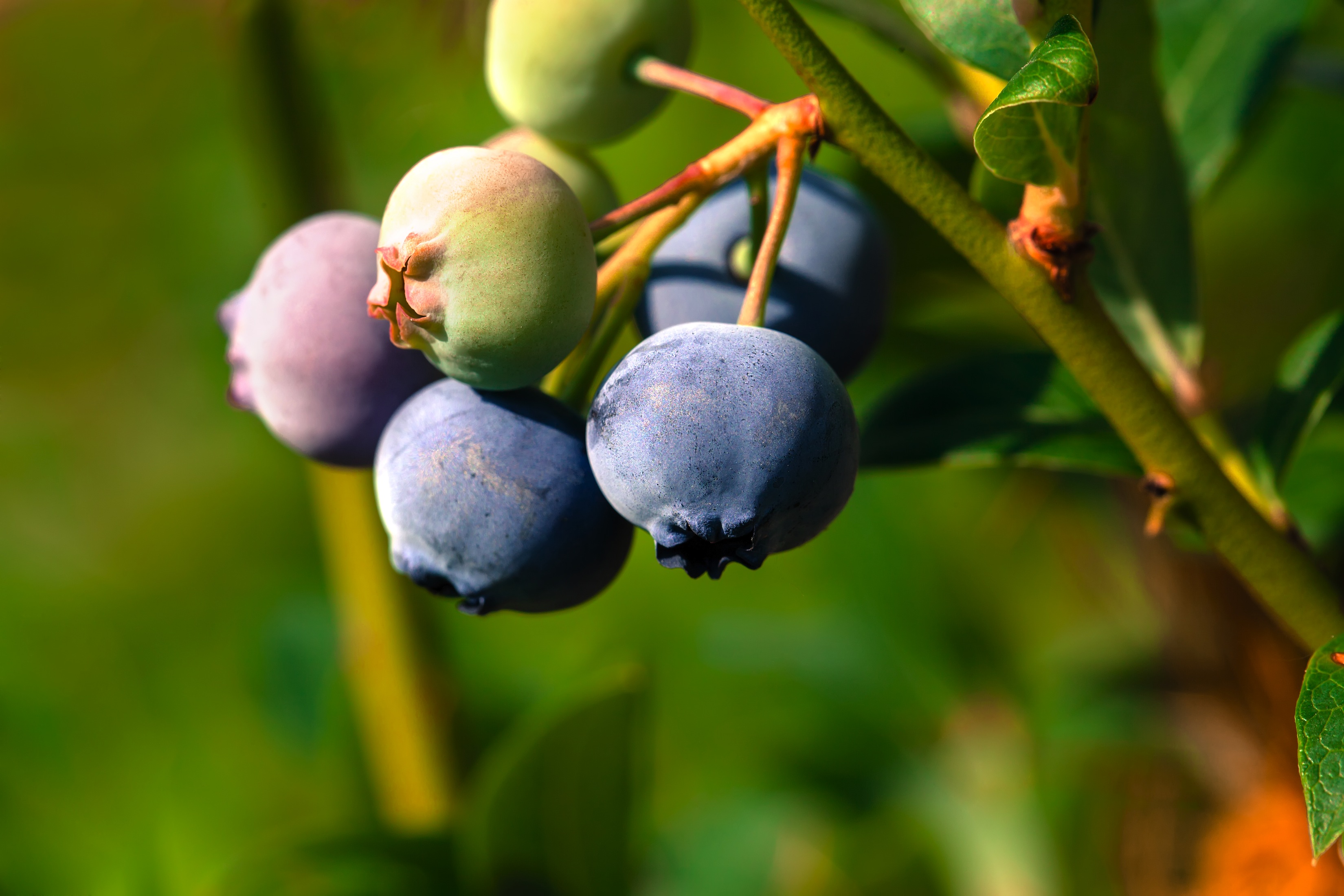Italy: Starch films for blueberry packaging
Packaging sustainability is an important aspect for innovation in the food sector and can affect the decision to purchase fresh produce. 
Researchers from Disafa at the University of Turin assessed the qualitative performance and consumer acceptability of three starch films used for the modified atmosphere packaging (MAP) of blueberries (cv. Duke) stored at fluctuating temperatures.
The following films were used: commercial polypropylene macro-perforated film (F1) actually used in Italian retail distribution (Trepack, Italy, 25 micron) and three non-commercial biodegradable compostable non-perforated films (prototypes, Novamont, Italy – F2 of 25 micron; F3 of 15 micron; F4 of 25 micron). Blueberries were monitored for 18 days, during which time they were stored at 1°C for 15 days and 20°C for 3 days.
Respiration rate and film permeability determined the initial conditions (0.2 kPa CO2 and 21.2 kPa O2) inside each packet and therefore influenced headspace gas composition and quality parameters.
Results showed that film F3 better controlled O2 values until the end of storage (5.7 kPa) and preserved a higher content of anthocyanins (156.21 C3G mg/100 g PF) as well as a better antioxidant capability (22.18 Fe2+/kg) at 20°C.
Source: Nicole R. Giuggioli, Vincenzo Girgenti, Cristiana Peano, ‘Qualitative performance and Consumer Acceptability of Starch Films for the Blueberry Modified Atmosphere Packaging Storage’, 2017, Polish Journal of Food and Nutrition Sciences, 2017, Vol. 67, No. 2, pp. 129–136. DOI: 10.1515/pjfns-2016-0023







